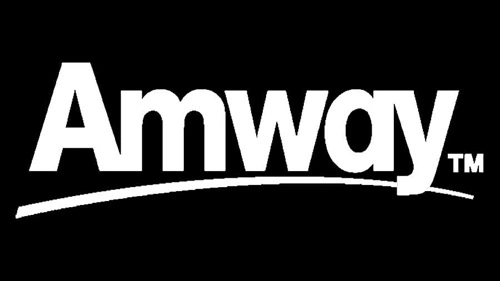Amway, a global multi-level marketing (MLM) giant, is well known for its extensive product portfolio in health, beauty, and home care. Established in 1959, the company has expanded its reach to over 100 countries, with millions of independent business owners distributing its products. Despite its global success, Amway faces challenges, especially in light of evolving market trends and increasing competition in the direct-selling industry. This SWOT analysis provides insights into Amway’s current strengths, weaknesses, opportunities, and threats in 2024, along with its future strategic plans.

Current Overview of Amway:
In 2024, Amway remains one of the world’s largest direct-selling companies, with over 3 million distributors globally. Its product offerings, which span categories like nutrition, wellness, beauty, and home care, have positioned it as a leader in the MLM sector. Amway has received several accolades for its sustainability initiatives and innovation, particularly in health products under its Nutrilite brand. However, the company’s reliance on direct selling has come under scrutiny due to allegations of pyramid scheme-like practices and legal challenges, creating obstacles to further growth.
Strengths:
1. Global Presence: Amway’s operations in over 100 countries provide the company with a diversified market base, reducing reliance on any single geographic region. Its large network of distributors further solidifies its market position.
2. Diverse Product Portfolio: Amway offers a wide range of products across health, beauty, personal care, and home care. With over 115 products, including the popular Nutrilite and Artistry brands, it caters to a broad customer demographic.
3. Recognition and Awards: The company’s reputation is strengthened by its numerous awards for quality and sustainability, including the LEED gold certification for eco-friendly operations.
4. Strong Distributor Network: With over 3 million independent business owners globally, Amway has built a large and loyal salesforce, which contributes significantly to its growth.
Weaknesses:
1. Limited Retail Availability: Amway’s products are primarily available through independent distributors or online, limiting its accessibility to the general public. The lack of retail outlets can reduce its market share.
2. High Product Pricing: Many of Amway’s products are perceived as expensive, which narrows its consumer base to higher-income segments, potentially alienating budget-conscious consumers.
3. Controversies and Legal Challenges: Amway has faced allegations of being a pyramid scheme and legal challenges related to its business model, raising concerns about the sustainability of its direct-selling approach. These issues can tarnish the company’s reputation.
4. Dependence on Word-of-Mouth Marketing: Amway relies heavily on word-of-mouth promotion and has limited investment in mainstream advertising, making it dependent on its distributors for growth.
Opportunities:
1. Global Expansion: Amway has the opportunity to further expand into emerging markets in Asia, Africa, and Latin America, where demand for health and beauty products is growing. Expanding its digital presence in these regions could enhance accessibility.
2. Partnerships with Salons and Health Experts: Collaborating with beauty salons, fitness centers, and health professionals can enhance Amway’s brand credibility and introduce its products to new consumer segments.
3. Digital Transformation: Investing in e-commerce platforms and digital marketing strategies can help Amway reach a broader audience, especially younger consumers who prefer online shopping.
4. Sustainability Initiatives: With consumers increasingly seeking eco-friendly products, Amway can capitalize on its existing sustainability efforts by expanding its eco-friendly product lines and reducing its carbon footprint.
Threats:
1. Intense Competition: Amway faces stiff competition from other direct-selling giants and global FMCG companies in the health and beauty sectors. The presence of low-cost alternatives from local and international brands threatens its market share.
2. Regulatory Scrutiny: Amway’s business model has come under regulatory scrutiny, with several countries investigating its MLM practices. Any changes in direct-selling regulations could negatively impact its operations.
3. Low Brand Loyalty and Switching Costs: With many similar products available in the market, consumers can easily switch to other brands, making it difficult for Amway to retain its customer base.
4. Economic Downturns: As Amway’s products cater to a higher-income segment, any global or regional economic downturn could lead to reduced consumer spending, affecting the company’s sales.
Amway Future Plans:
Amway’s strategic focus for the future includes expanding its digital and e-commerce capabilities to reach younger, tech-savvy consumers. The company is also looking to strengthen its global presence by entering new markets and enhancing its sustainability initiatives. Additionally, Amway is exploring partnerships with beauty and wellness experts to enhance brand credibility and improve product accessibility.
Conclusion:
Amway remains a leader in the direct-selling industry, thanks to its strong global presence, diverse product portfolio, and large distributor network. However, challenges such as legal scrutiny, competition, and limited retail presence threaten its long-term growth. By focusing on digital transformation, expanding into new markets, and leveraging its sustainability credentials, Amway has the potential to continue thriving in an increasingly competitive landscape.